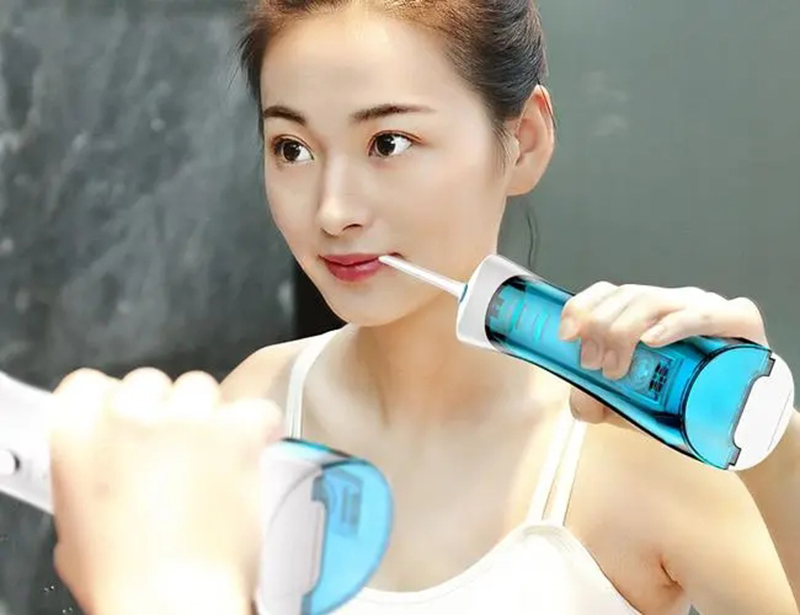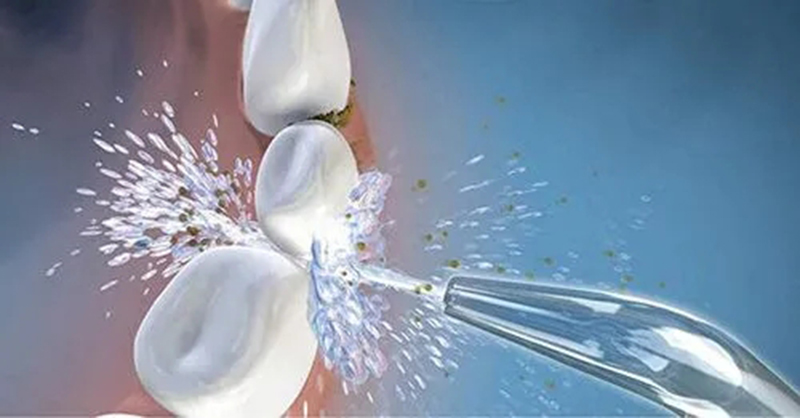
It is usually used after brushing your teeth. The irrigator and the toothbrush are usually used together. The brushing is mainly to remove most of the dirt on the surface of the teeth, and the irrigator is generally used to clean the food residue and soft dirt in the gap between the teeth that the toothbrush cannot clean. Therefore, it is generally recommended to use it after brushing, so that the food residue and other bacterial substances removed from the tooth surface during the brushing process can also be washed down by the water column pressure of the irrigator.

The world’s first irrigator was born in 1962 by a dentist and an engineer, both from Fort Collins, Colorado. Since then, major companies have achieved more than 50 scientific research achievements in the field of dental irrigators. Its efficacy in periodontal care, treatment of gingivitis, correction of deformities, and restoration of crowns has been proven in various tests. In developed countries, dental irrigators have entered the market as early as 40 years ago, and have become a must-have sanitary appliance for people’s families. Due to the rising price of medical treatment in recent years, dental irrigators have gradually entered Chinese families.

Compared with ordinary toothbrushes, irrigators are more effective in treating plaque, gingivitis, etc. Because most toothbrushes cannot allow toothpaste to penetrate into the crevices, grooves, and cracks of the occlusal surface, which is where 80% of tooth decay occurs, and the irrigator can allow water or liquid medicine to enter the crevices of the occlusal surface. and the acidic substances in it, and restores the calcium content of the enamel that has been decalcified. The strongest evidence shows that it has a good effect on reducing bleeding caused by gingivitis. Recent studies have shown that it is more effective than traditional toothbrush and floss in reducing bleeding from gingivitis and reducing plaque. Another study from the University of Southern California showed that 99.9% of the plaque in the cleaning area was destroyed after cleaning the teeth at a pressure of 70 psi using 1200 pulsing water for 3 consecutive times.
Post time: Sep-15-2022